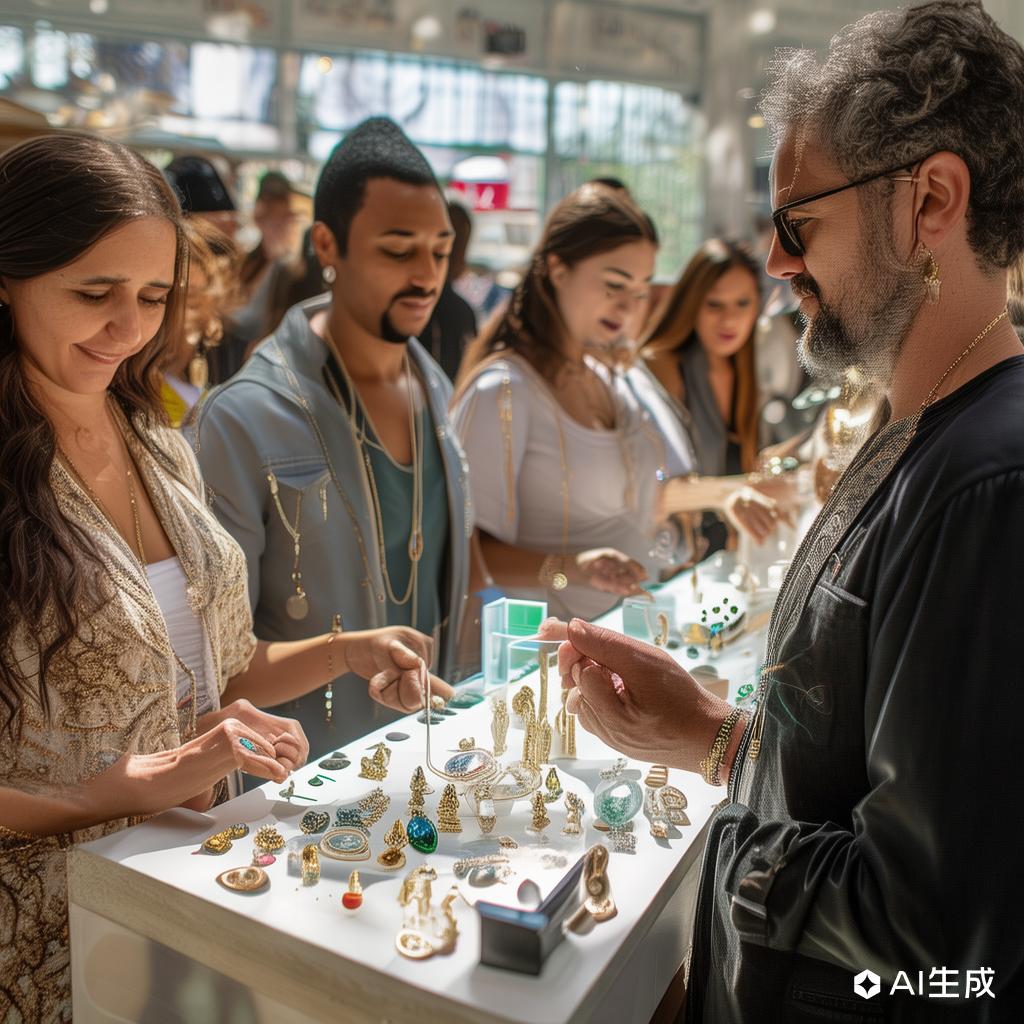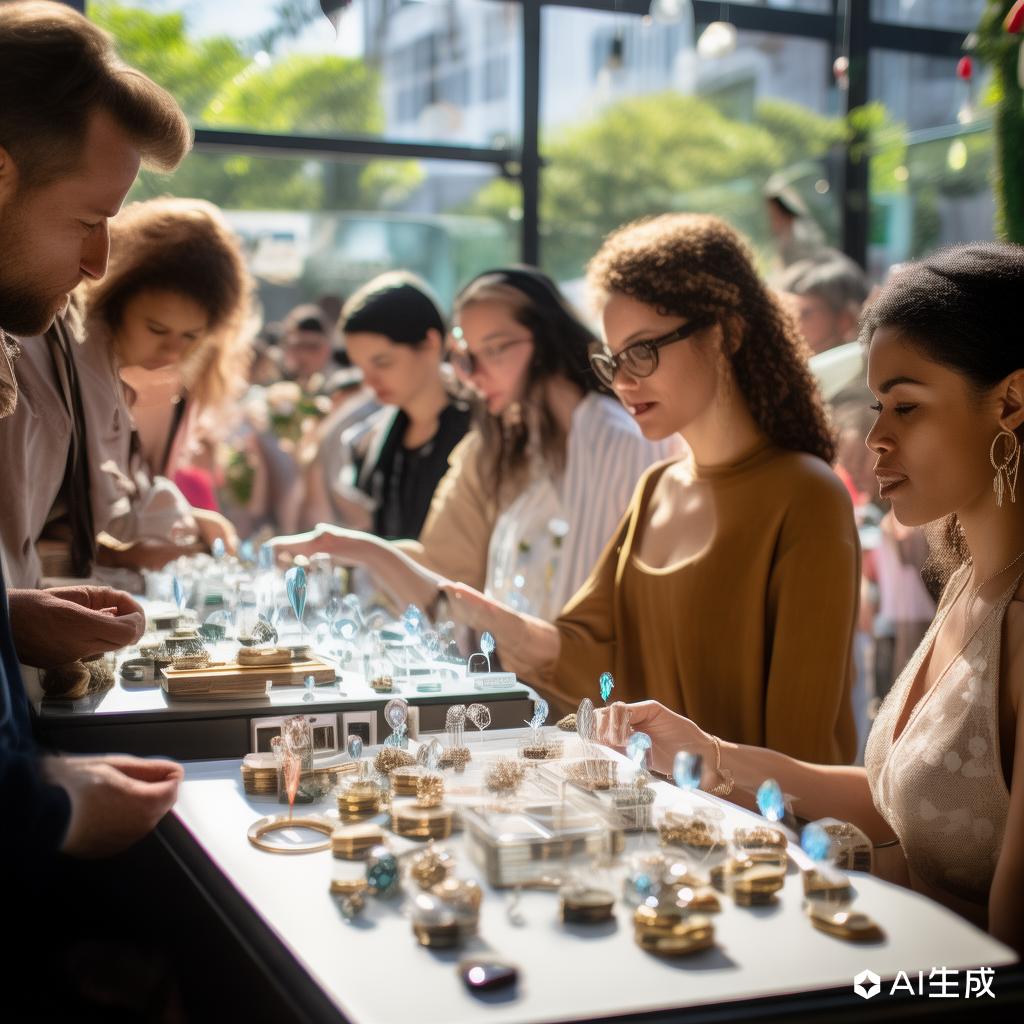Navigating the Dynamic Market Conditions for Jewelry Collections: Trends, Challenges, and Opportunities
Share



The jewelry market has always been a fascinating blend of artistry, luxury, and commerce. In recent years, the conditions surrounding jewelry collections have evolved significantly, influenced by a myriad of factors ranging from economic shifts to changing consumer preferences. Understanding these dynamics is crucial for anyone involved in the jewelry industry, from designers and retailers to collectors and investors.
**Economic Influences:**
One of the primary drivers of market conditions for jewelry collections is the global economic landscape. Economic stability or volatility can directly impact consumer spending on luxury items like jewelry. For instance, during periods of economic growth, there tends to be an increase in discretionary spending, which boosts the jewelry market. Conversely, economic downturns can lead to a decline in sales as consumers prioritize essential expenses.
**Consumer Trends:**
Consumer behavior and preferences play a pivotal role in shaping the market for jewelry collections. There has been a noticeable shift towards sustainable and ethically sourced jewelry, driven by growing environmental awareness. Additionally, the rise of digital platforms has transformed how consumers discover and purchase jewelry, with online sales becoming increasingly significant.
**Technological Advancements:**
Technological innovations have also had a profound impact on the jewelry market. From advanced manufacturing techniques like 3D printing to the use of blockchain for ensuring the authenticity of precious stones, technology is reshaping the way jewelry is produced, marketed, and sold. These advancements not only improve efficiency but also open up new possibilities for customization and personalization.
**Global Market Dynamics:**
The global nature of the jewelry market adds another layer of complexity. Different regions have varying tastes and cultural preferences, which influence the types of jewelry collections that are popular. For example, while diamonds remain a staple in Western markets, colored gemstones and traditional gold jewelry are preferred in many Asian countries.
**Challenges and Opportunities:**
Despite the challenges posed by economic fluctuations and changing consumer trends, the jewelry market presents numerous opportunities. The growing demand for unique and personalized pieces, coupled with the increasing importance of sustainability, offers avenues for innovation and differentiation. Brands that can adapt to these trends and leverage technological advancements are well-positioned to thrive in this dynamic market.